Despeñaperros Parque Natural is the smallest natural park in Spain in the far north of Jaen province, Andalucia
By Nick Nutter | Updated 16 Mar 2022 | Jaén | Parks |
Login to add to YOUR Favourites or Read Later
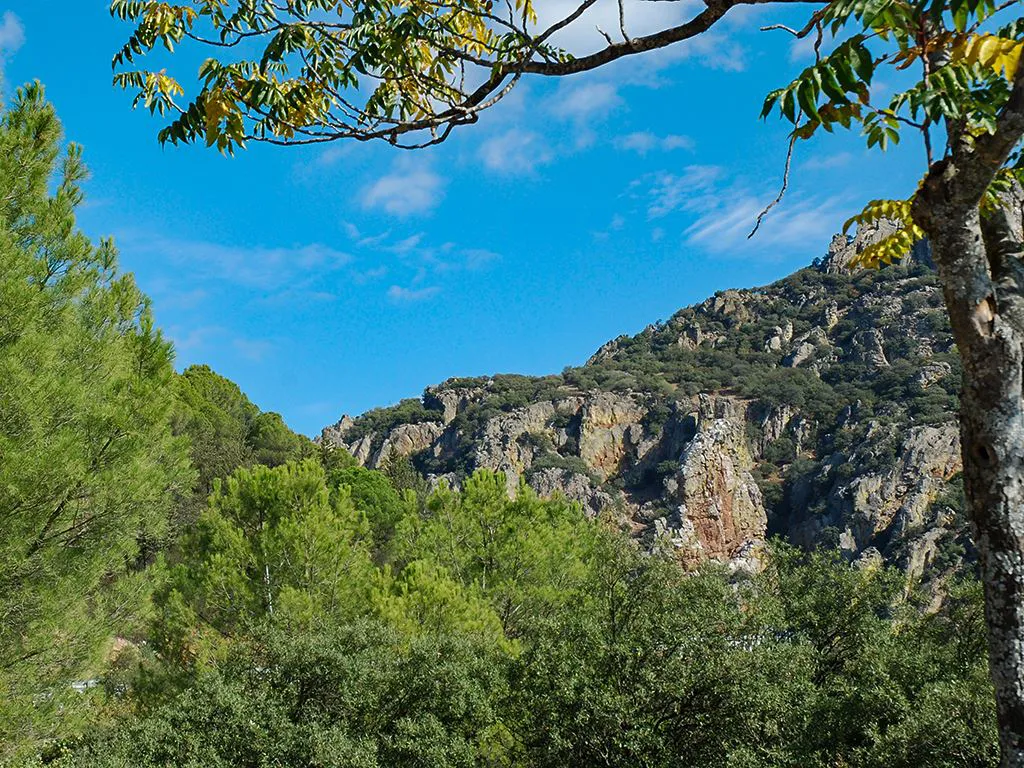
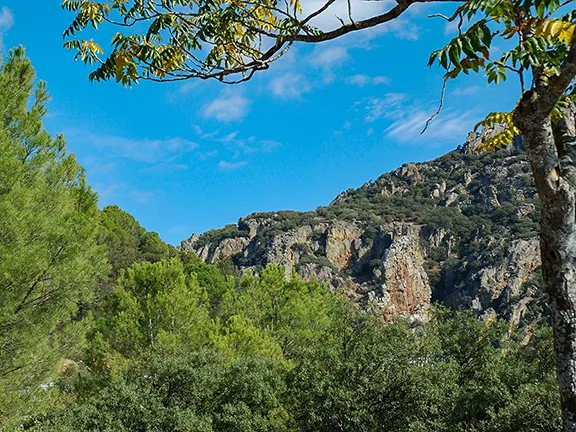
Despeñaperros Parque Natural
On the 16th July 1212, Christian forces led by Alfonso VIII of Castile crept through a narrow ravine that cuts through the Sierra Morena and links La Mancha with Jaen province in northern Andalucia. Once through this natural gateway, the Christian forces slaughtered a Muslim army led by Muhammad al-Nasir of the Almohad Caliphate, then ruling al-Andalus. Hundreds of the vanquished Muslims were thrown from the walls of the ravine to perish on the rocks below. The Battle of Navas de Tolosa was a decisive battle during the reconquest and the slaughter of the captives gave rise to the name of the ravine, Despeñaperros, (literally ‘throw dogs off’). Or so legend has it. The Museum of the Battle of the Navas de Tolosa is located on the battlefield, in the Despeñaperros Parque Natural just to the east of Santa Elena.
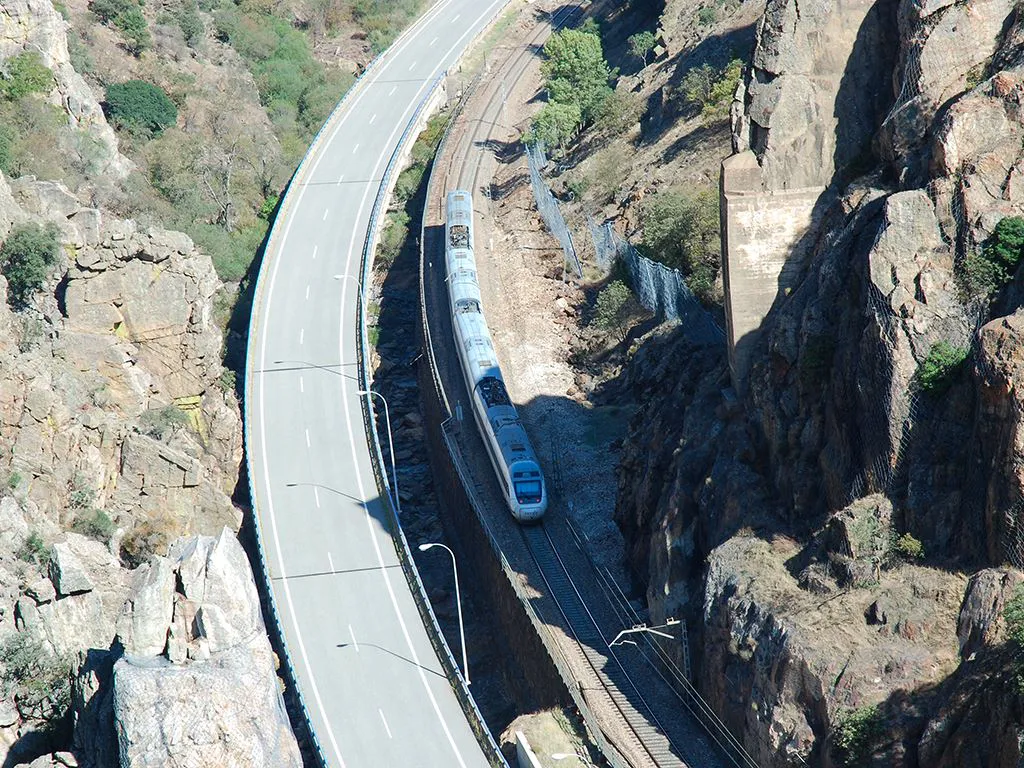
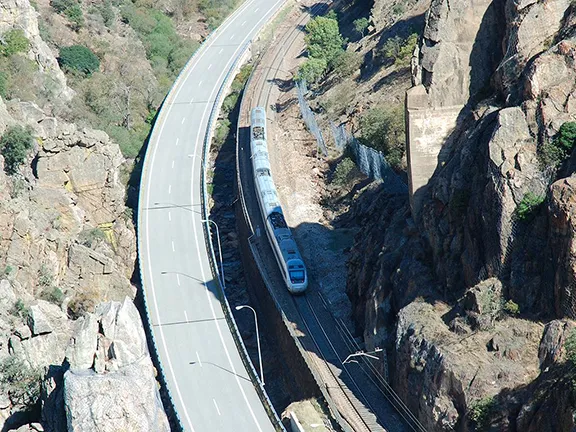
Despeñaperros Pass rail link
Whether the legend is true or not, the Despeñaperros pass is one of the main routes into Andalucia through the Sierra Morena mountains. The river gorge, with its high, sheer, quartzite walls, is a dramatic gateway into Andalucia from the north and the only natural break in the 500 kilometre long Sierra Morena mountains. It is a feature preserved for future generations by having the status of Parque Natural.
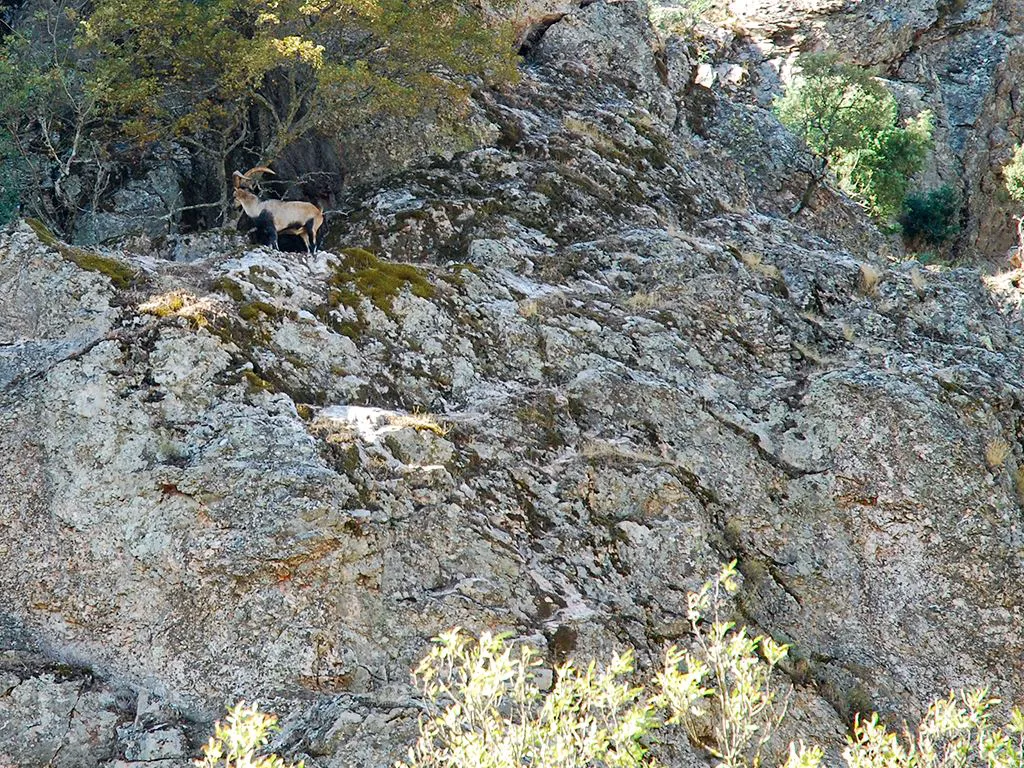
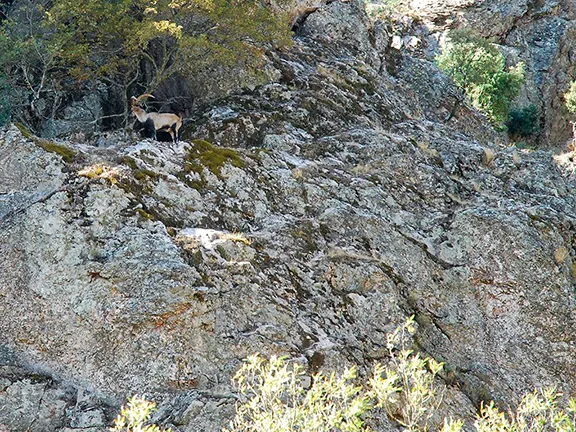
Ibex in Despeñaperros Pass
The rocks, some of the oldest in Spain, also reveal a geological history that starts in the southern hemisphere some 500 million years ago and an incredible journey that has taken them to the south pole and back to the northern hemisphere as the ancient supercontinents merged, split and merged again.
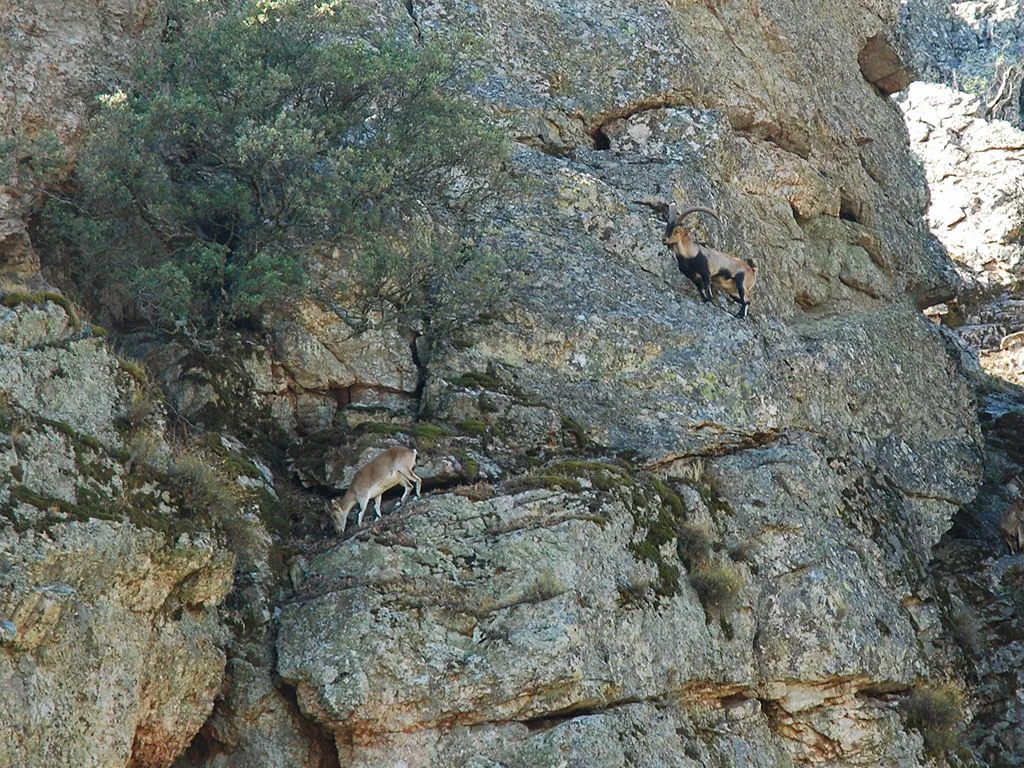
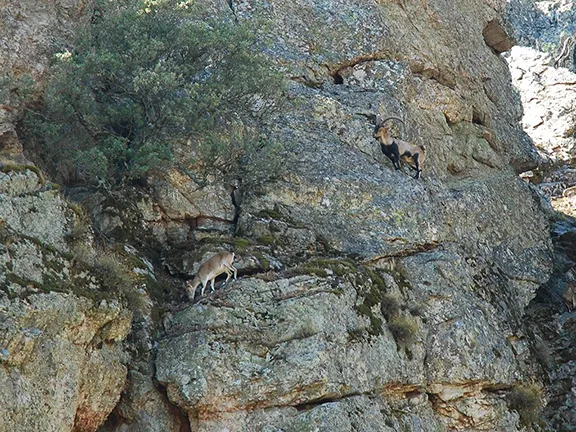
Ibex in Despeñaperros Pass
Wind and water erosion has created a surreal landscape in the Despeñaperros Natural Park including the spectacular Los Órganos Natural Monument, a cliff face resembling a huge church organ and spectacular waterfalls and cascades.
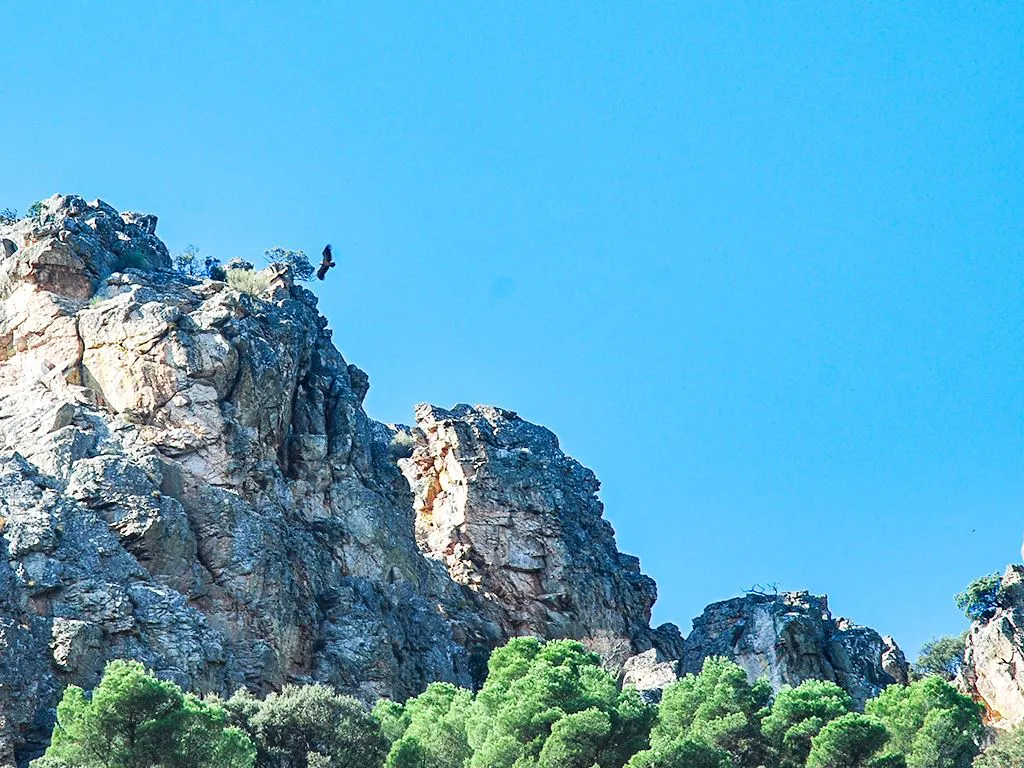
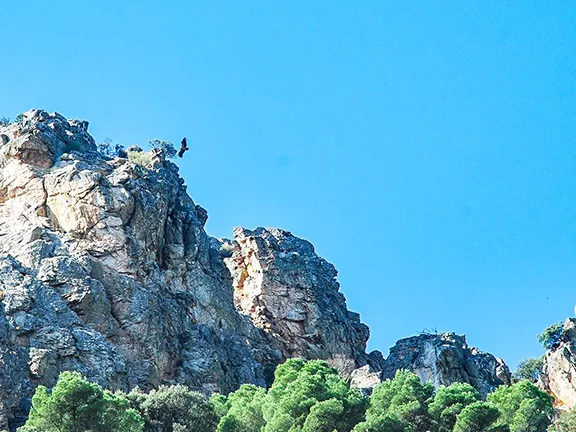
Imperial Eagle above Despeñaperros Pass
The Despeñaperros Natural Park is sparsely inhabited. The only town in the 7,649 hectare area, is Santa Elena, population 1,000, situated at the mouth of the Despeñaperros Pass. Santa Elena is a good place to start the exploration of the park.
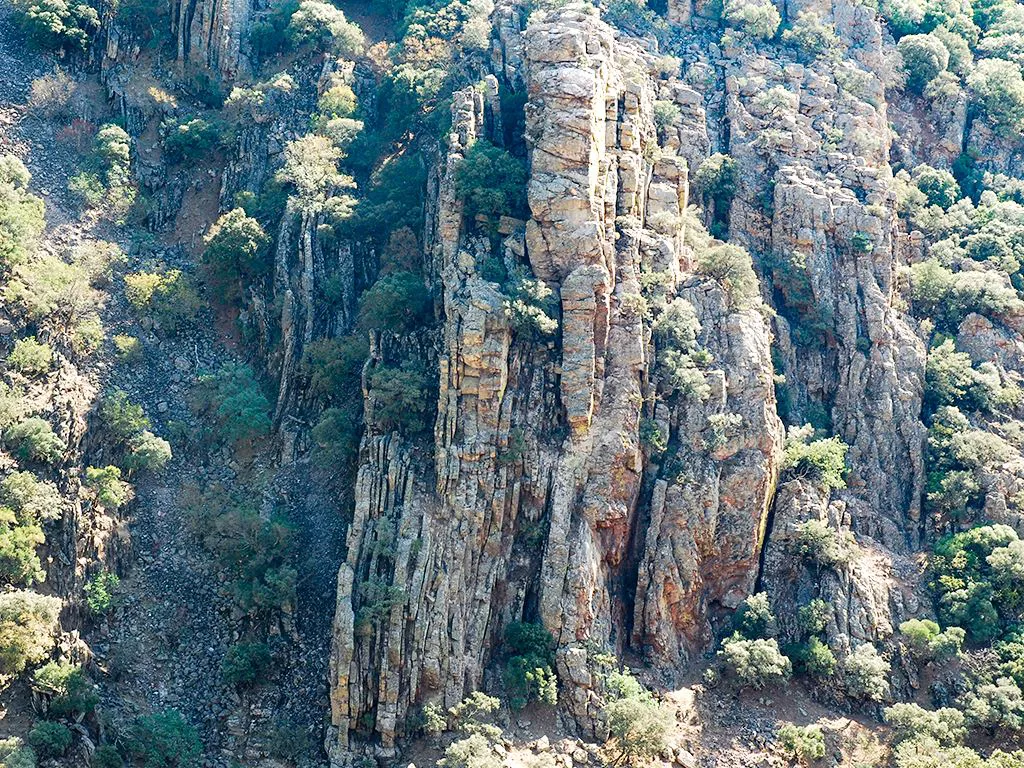
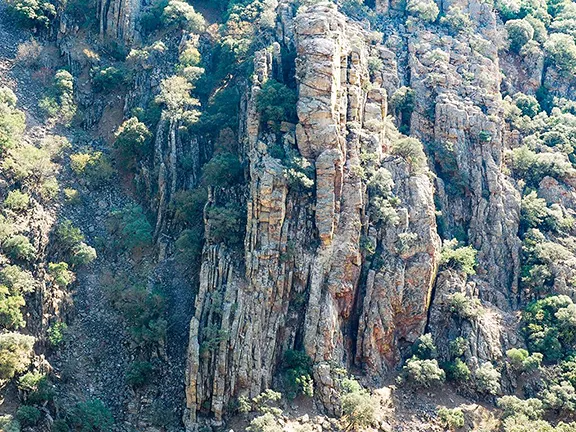
Los Organos
Wildlife lovers will not be disappointed. A large number of game animals have taken refuge here, such as deer and boar. They share the habitat with majestic birds like the Imperial eagle and Griffon vulture. The area is also roamed by the Iberian lynx, and every now and then, wolves, which move between the Sierra Morena and Madrona mountains.
On the morning of Thursday 21st October 2021, Julie and I went up the pass from the south. We stopped in a layby just before the first tunnel to watch a family of roe deer make their way up the hillside. Beyond the tunnel, at the mirador, we watched a group if ibex making their way across a cliff face whilst above there were no less than five Imperial eagles.
Their habitat is the canyons and gullies within the park amidst a forest of Iberian pear, strawberry trees and a thicket mainly comprising guelder rose. The strawberry tree, Arbutus Unedo, is known as madroño in Spanish, hence the name of the nearby mountain range. On the higher slopes, in the Collado de la Estrella (Start Hill), is a native vegetation that is usually seen in the green northern part of Spain, made up of gall-oaks and red-berry mistletoe, that gives a brilliant display of colour in the autumn. In the Despeñaperros, Magaña and Campana and the Arroyo del Rey river valleys, you will find gallery forests of alder, ash and willow. Binding the whole together are oak and cork trees, dotted by repopulated pine that attracts wild mushroom pickers with a thicket comprising lentiscus, kermes oaks, rockrose, heather and palm trees.
This totally unspoilt landscape is traversed by just four signposted walks.
The Despeñaperros Pass is sometimes called the gateway to Andalucia, hence the name of the visitors centre. The Centro de Visitantes Puerta de Andalucía, is on the A4 at Km 257 near Santa Elena. It has a permanent exhibition on the park and can provide maps and information on the walks that start from there.